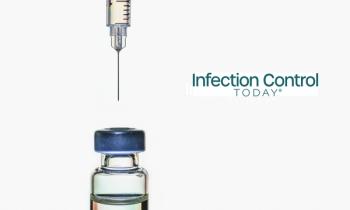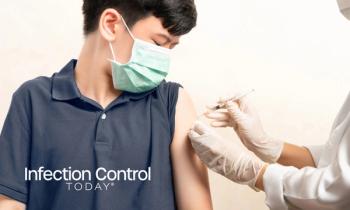
Dos and Don’ts: Guidelines for Reopening Business Offices Issued
The wearing of cloth masks doesn’t mean that employees should stop following social distancing guidelines. In fact, social distancing guidelines must be followed at all times.
Plan carefully. That’s the main lesson business owners should come away with from
The new normal will not much resemble the old normal, at least not at first. The CDC suggests that workers might need to wear cloth masks on the job, though there’s some wiggle room here. “Employees should not wear cloth face coverings at work if they have trouble breathing, any inability to tolerate wearing it, or if they are unable to remove it without assistance,” the CDC guidelines state.
The wearing of cloth masks doesn’t mean that employees should stop following social distancing guidelines. In fact, social distancing guidelines must be followed at all times. No handshakes. No fist bumps. (The CDC also says “no hugs,” which may come as a surprise to those who’d thought that hugs had already been outlawed for other reasons.)
No gathering around the water cooler, if the water cooler hasn’t already been removed (the CDC says that might be a good idea). Clustering of workers should be discouraged, so employers should also identify other areas were employees might not be able to maintain the 6-foot social distance: cafeterias, break rooms, meeting rooms, check-in areas, waiting areas, and exit and entrance routes.
“Consider posting signs in parking areas and entrances that ask guests and visitors to phone from their cars to inform the administration or security when they reach the facility,” the CDC guidelines state.
Also, airflow matters. A lot. Business owners must make sure that their ventilation systems are working as they should. If they’ve been turned off during the lockdown, then they need to be restarted following proper
If you have buildings where the windows can open, then by all means open them and let the outdoor air in. “Increase the percentage of outdoor air (e.g., using economizer modes of HVAC operations) potentially as high as 100% (first verify compatibility with HVAC system capabilities for both temperature and humidity control as well as compatibility with outdoor/indoor air quality considerations),” the CDC guidelines state.
Modify furniture, adjust seats, install transparent or even non-transparent barriers to ensure social distancing. Rearrange reception areas, cover chairs or even remove them, if that what it takes.
And signage. There are going to be a lot of signs and markers in the post-COVID office building. “Use signs, tape marks, or other visual cues such as decals or colored tape on the floor, placed 6 feet apart, to indicate where to stand when physical barriers are not possible,” the CDC guidelines state.
The phrase “remind employees” appears more than a few times in the CDC guidelines.
For instance, remind employees to wash their hands often with soap and water for at least 20 seconds. If there’s no soap and water available, then hand sanitizer with at least 60% alcohol will suffice. Remind employees to not touch their eyes, nose or mouth.
“Remind employees that people may be able to spread COVID-19 even if they do not show symptoms,” the CDC guidelines state. “Consider all close interactions (within 6 feet) with employees, clients, and others as a potential source of exposure.”
And, by all means, have a nice day.
Newsletter
Stay prepared and protected with Infection Control Today's newsletter, delivering essential updates, best practices, and expert insights for infection preventionists.






